Juan D'Arienzo - Milonga vs Vals - Virtual Tango Class w/Makela - 3/22/2020
The basics of Tango Musicality
Why do we learn tango? Ultimately to dance socially with others.
We dance socially in two different settings: A Práctica -which is a more informal setting
A Milonga - a more formal setting.
The word Milonga in tango has two meanings
The kind of music (we explain below how it is different from tango and tango waltz)
The social event where people dance tango.
When you go to a Práctica o Milonga there is always a DJ who plays the music.
The music is organized in TANDAS (that is sets of three (or four) songs from one orchestra) divided by a CORTINA (curtain) that allows people to clear the floor to relax and select a new partner.
So as dancers, we need to know about the tango orchestras. It is a very important aspect of the dance.
Learning about tango music does not mean just to set up a Pandora or Spotify running with any kinds of tango playing. Learning about tango music requires a method.
The first thing I recommend is that you learn about the BIG FIVE orchestras (the name of the orchestra is the name of the band leader)
Carlos Di Sarli (el señor del Tango)
Juan D’Arienzo (el rey del compás)
Aníbal Troilo (Pichuco)
Francisco Canaro
Osvaldo Pugliese
Let’s start with Juan D’Arienzo
JUAN D’ARIENZO El Rey del Compas
“Tango is first of all rhythm, energy, strength and personality. Tango in the old days, the one from Guardia Vieja, had all of this, and we must ensure that it never loses it.”
Juan D'ARIENZO (14/12/1900 - 14/01/1976) - Violinist, conductor and composer (~1000 recordings)
"The human voice must be an instrument of the orchestra, like others, and nothing else. To sacrifice everything to the “opera singer” is a mistake." - D'Arienzo,1949.
How to identify D'Arienzo at the milonga
His quick tempo, as regular as a clock (we are not going to slow down!).
His lively style with 4 accents per time.
His sentimental violin.
His transitions at piano.
His unexpected and breathtaking stops.
His ending "fortissimo": usual perfect cadence, without artefacts and on the same tempo.
From: https://www.el-recodo.com/juandarienzo-en?lang=en
His singers were (among others)
Alberto Echagüe
Hector Maure
Carlos Cáceres
My favorite tangos by Juan D’Arienzo
Pensalo bien
Paciencia
El Puntazo
Humillación
Indiferencia
Infamia
Ansiedad
El Pensamiento (1940)
No mientas
Nada más
Milonga and Vals
MILONGA DANCE
1) a basic rhythm of two beats
2) a fixed rhythmic patter as a result of subdividing those original two beats as follows
Two- beat basic rhythm
1___________________________ 2_______________________
Milonga’s fixed pattern
1______75%__________25%____3______50%____4____50%_____
VALS
The vals criollo or tango vals is not different, from a rhythmic point of view, from a Viennese waltz. They both have a three-beat rhythm. The only difference is the speed: the music of the tango vals is faster than the Viennese waltz. It is only for this reason that, while in the Viennese waltz one steps on every beat, in the tango waltz, we normally step on only the first of three beats - if not we would be dancing too fast.
From Let’s Dance Tango to the Music by Joaquín Amenábar. I have a few books available to sell if interested. I highly recommend this book.
My favorite milongas and valses by Juan D’Arienzo
Milongas (some of them have the year of creation)
Milonga querida, 1938
Milonga vieja milonga, 1938
Silueta porteña, 1936
La puñalada
Estampa de varon
De antaño
De pura cepa
Que peina canas
Valses
No llores madre, 1936
Pabellón de rosas, 1935
Valsecito criollo, 1937
Visión celeste, 1936
Valsecito de antes
Lágrimas y sonrisas, 1930
Corazon de artista
SPOTIFY LINK with all the song from this virtual class:
https://open.spotify.com/playlist/4FI51cvAKVHtABOO1Z0VdE?si=RLyaKXFNRn6ygk4FyD05NA
Have fun:
https://www.youtube.com/watch?time_continue=31&v=TCVwWypRfyk&feature=emb_logo
Hope to see you virtually very soon!
Makela
